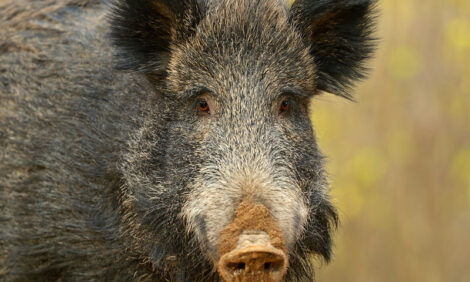



Resistance to 'Last-Resort' Antibiotic Found in China
CHINA - Scientists in China have found increased levels of resistance to an antimicrobial drug used when other drugs have failed, according to a report in the journal Lancet Infectious Diseases.The scientists were conducting routine surveillance for antibiotic resistance in E. coli when they found the resistant specimen in a pig.
They also found on further investigation that the type of resistance carried can be easily transferred to other bacteria.
The resistance gene was found in 15 per cent of E. coli collected from raw meat samples, 21 per cent of samples from animals and 1 per cent of samples from inpatients with infection.
The scientists said that urgent global action was needed to fight antimicrobial resistance.
Cat McLaughlin, NFU chief adviser for animal health and welfare, said that the NFU is aware of the article in the Lancet.
“This is a story prompted specifically by a scientific discovery relating to pigs in China," she said.
"It is worth noting China has a completely different scale of pig production and different regimes for veterinary medicine prescribing and distribution.
“British farmers continue to work closely with the Responsible Use of Medicines in Agriculture Alliance to ensure a co-ordinated and integrated approach to best practice in the use of medicines for farm animals in the UK.”








